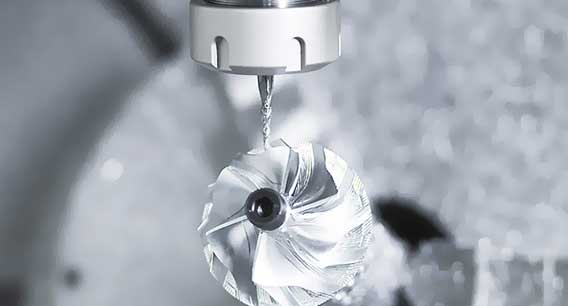Major Service
Other Special Service
What are you looking for?
Silicone molding is a special mold for making artworks. Generally, silicone and epoxy curing agents are mixed and stirred evenly according to a certain formulation, and then they are dried and formed under the standard of indoor temperature or elevated temperature and silicone molding is made. It has the characteristics of heat resistance, corrosion resistance, strong tear resistance, and great details in analog simulation. Silicone belongs to thermosetting plastic raw materials, which are generally all formed by pressure casting. The circulation of silicone is good, so the silicone molding does not need a water inlet, and it is more economical and cost-effective compared to plastic injection molding.
Plastic injection molding by Xin Pin is a general term for combined molds used for shrinking, flame-retardant plastics, injection machining, injection molding, and low-polyurethane foam molding, so it is also called: injection mold or plastic mold. It has the characteristics of being able to produce and process different plastic parts. Before, processing plants in China were called plastic product factories, while in Hong Kong, Macau and Taiwan, plastic product factories were called plastic companies. Plastics are thermosetting plastic raw materials, and generally, all use injection molding technology. Plastic injection molding has the title of mother of industrial production, and plastics are applied in many new products as well.
The raw material of silicone molding is the silicone for molding. The general structure includes five components: matrigel, coupling agent, metal catalyst, filler, and preservative. In fact, matrigel, coupling agent, and filler are one component, and metal catalyst is independently used as a component, which is why the silicone for molding is the component of room temperature silicone rubber.
The key to the structure of the plastic China rapid injection molding consists of a cavity mold composed of the base steel plate, cavity mold parts, and wood pallet and the punch-pin with a flexible core composed of the base steel plate, punch parts, wood pallet, disconnect parts of cavity mold and side section formed board. In order to better improve the characteristics of plastics, various auxiliary materials, such as fillers, tackifiers, lubricants, thickeners, additives, etc., should also be added to the polymer.
According to chemical properties, silicone raw materials can be divided into solid silicone and liquid silicone. Solid silicone is mainly used for molded products. For example silicone sleeves, silicone kitchen utensils, silicone molds, silicone function keys, etc. Liquid silicone is used for extruded products, such as silicone nipples of feeding bottles, silicone tubes, etc.
CNC plastic prototype is widely used in every industry in daily life today, such as electrical products, instrumentation equipment, cables and wires, engineering and construction equipment, communication electronic devices, automotive industry, aerospace, household hardware, etc.
